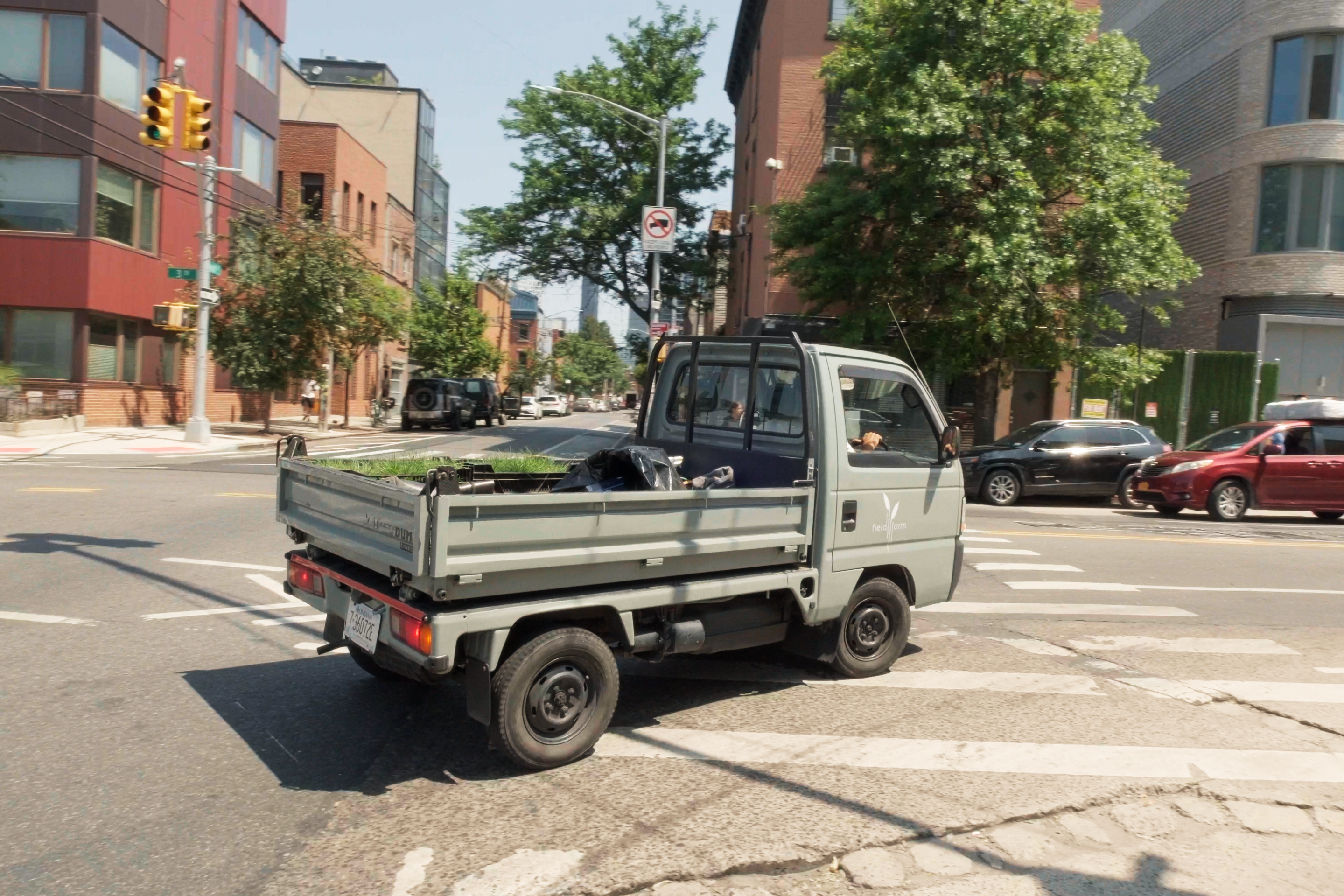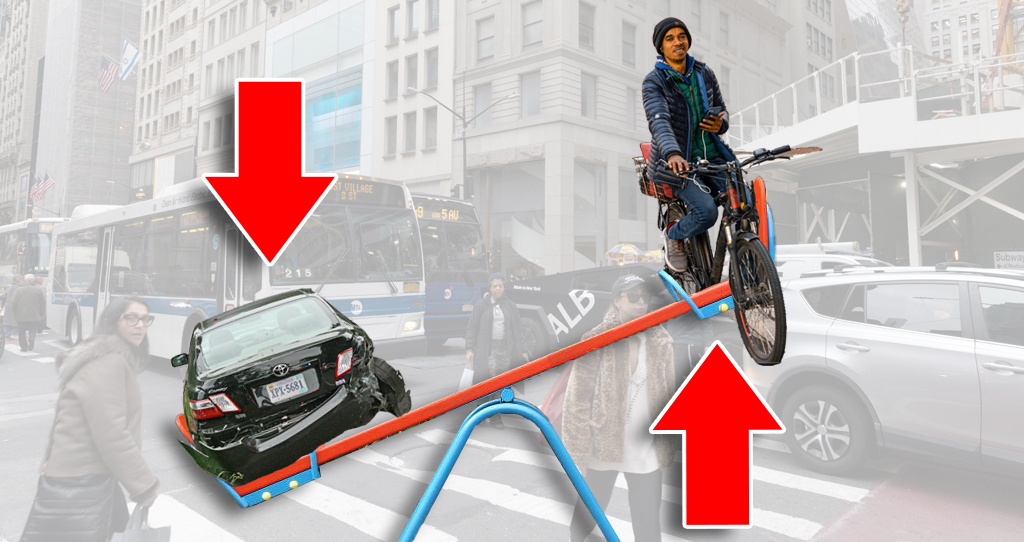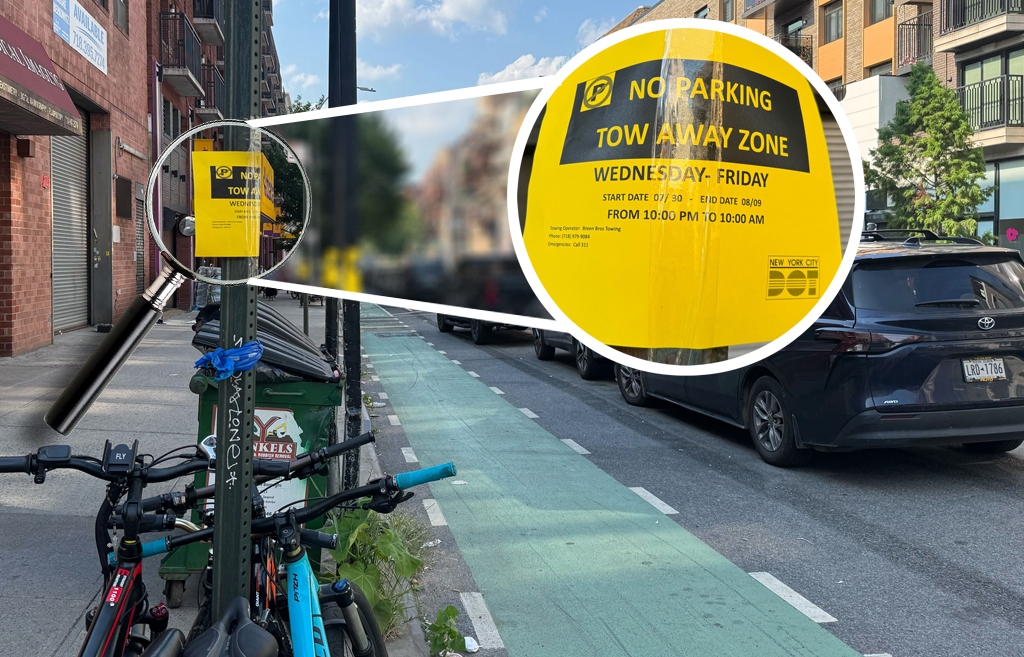Changes to our streets are often the most visible signals of government power in most of our lives. As such, infrastructure decisions are inherently political, and those with greater resources have always held an advantage in seeing their wishes enshrined in concrete and pavement, or whatever the case may be.
Decisions about our transportation systems can pit urban versus rural, NIMBYs versus change, newcomers versus natives, residents versus commercial users, and drivers versus cyclists and pedestrians. It speaks to the changing dynamic between cyclists and motorists that in more and more American cities, bicycles are now seen as symbols of neighborhood change and gentrification.
Those issues came to a head yesterday in America's bike capital. Jonathan Maus of Bike Portland covered a planning hearing focused on the expansion of a bikeway on North Williams Avenue, in a historically African American neighborhood. The subject quickly turned to race and privilege:
PBOT was on a path to remove one vehicle lane in order to create a wider bikeway; but some people in the community expressed concerns with the idea, on the grounds that the voices and input of black residents were not being adequately considered.
"I think there's a need to bring the African-American leadership forward to make sure that that voice is there in the outcome," [said one neighborhood resident.] "It's sad to think that we have to protest to have our voices heard. We should be at the table making decisions about the outcomes."
Another theme that emerged last night was a feeling among some people that the only reason safety is a major concern from the city now is because white people are the ones who are in danger.
Sharon Maxwell-Hendricks put it this way:
"You say you want it 'safe' for everybody, how come it wasn't safe 10 years ago? That's part of the whole racism thing ... we wanted safe streets back then; but now that the bicyclists want to have safe streets then it's all about the bicyclists getting safe streets."
In this case, it seems, hesitation to accept the city's plans to expand the bikeway stems from the black community's historical lack of power in Portland's planning decisions. Hopefully, these discussions will be productive and healing and will also result in infrastructure that is more sustainable and equitable.
Elsewhere on the Network today: In the aftermath of truly horrible Raquel Nelson case, where an Atlanta mother was convicted of vehicular homicide after her 4-year-old daughter was killed as they crossed the street, Grist shares a video examining the treacherous roads navigated by the suburban poor in Atlanta. The Seattle Transit Blog reports that 10,000 residents have signed a petition asking King County to enact a temporary congestion charge in order to avoid cuts at the local transit service, Metro. And The City Fix reports that the National Park Service is an obstacle in expanding Washington's Capital Bikeshare program into the National Mall.






